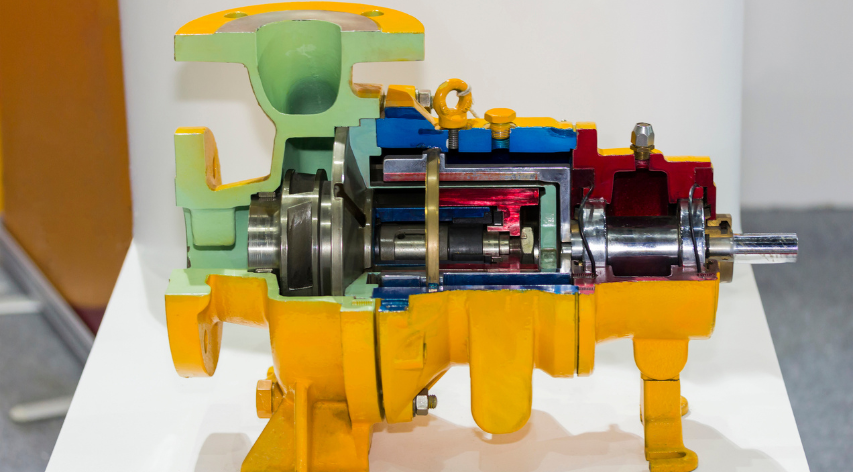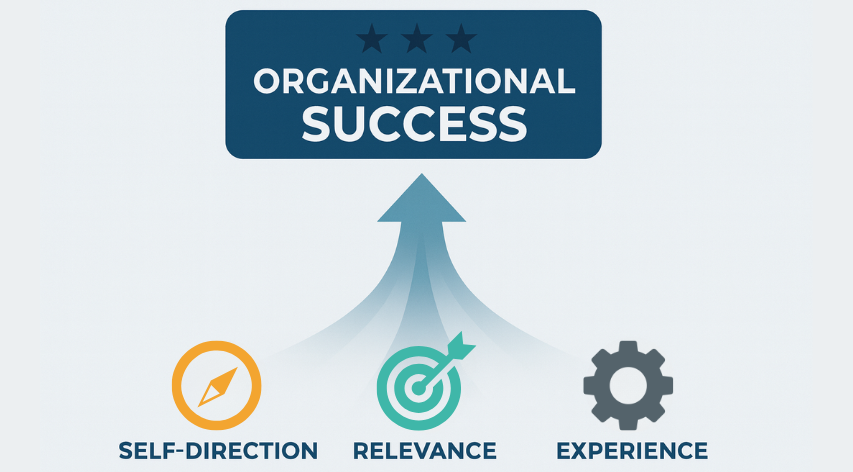Black Boxes On Cranes – Useful Tool or Liability
Industry is concerned about the “Black Boxes” on Cranes. Are they a useful tool or a liability? They record everything from load related data, engine data, geometric data and configuration changes. There is a wealth of information being stored and it can be used to improve safety and for more effective fleet management. It can also be used against you in a Court of Law.
I recently read an interesting article by Will North in the February 2014 issue of Cranes Today Magazine about Crane Data Loggers. The concern is, that the recorded information will be used in court to discredit the crane owner’s safety record and deny insurance claims.
In 2013, The European Union issued a supplement to the EN13000 mobile crane standard stating the Load Moment Indicator (LMI) data is the property of the crane owner. This is fine and good but in Europe and the USA courts can still order the release of the recorded data.
My personal experience with data loggers is that they do more good than harm. For accident investigations, the data logger can provide evidence that will lead the investigator to the root cause of an accident. It is difficult to reconstruct the accident site as the equipment is usually moved before the investigator arrives. Very often, the persons responsible for the accident have selective memories. There is no disputing the information contained in a properly functioning, calibrated LMI.
Among other things, the LMI will record a disabled bypass switch or an overload. These events can occur when the crane is bypassed for rigging purposes, such as erecting the boom, jib, or reeving a hoist block. That is the reason for the switch. While performing these tasks, the crane has to be placed in a position outside the limitations of the LMI and would shut down all functions, preventing the reconfigurations from being done.
Inconsequential overload events include the automatic diagnostic “self test” of the system each time it is switched on. When the load is near capacity, the dynamic effect of swinging, sudden starts and stops can cause the LMI to bump the limit for a split second. The recorded data includes the duration of the event so an expert can inform a court by pointing out the differences between inconsequential recorded events and deliberate acts that affect the safety of the crane. A one second overload would not be considered deliberate.
For personnel management purposes, the data is useful to the crane owner for identifying bad actors that routinely overload the cranes. The bad actors have to go. Intentional overloading of cranes is unacceptable behavior and should not be tolerated under any circumstance. The concerns of the crane owners about having their safety record discredited can be resolved by some proactive research. With regular review of the LMI data and good recordkeeping, the owner can prove a bad actor was removed from the crane in a timely manner. The bad actors should know they are on the record and will be caught.
The crane data recorder can be utilized as a fleet management tool. For example, if you review the data on a schedule, you will see if the crane is undersized or oversized for the job. If the crane is working at less than 40% of capacity the majority of the time on a particular project, perhaps it should be replaced with a smaller less expensive one.
Vise-versa, if the crane is working at 90% of capacity most of the time it could be replaced with a larger unit, thereby increasing the overall safety factor.
Information about the crane engine and drive train can be reviewed and costly problems can be prevented before they happen. Through the use of telematics, it is possible to see things like engine temperature, oil pressure, hydraulic pressure, engine hours and extended idle time in real time from the office on a computer screen. Some models can be set up to send an email alert for an extended LMI bypass or overload event.
Finally, the new high alloy steel in new cranes is less forgiving than the carbon steel they used to use. If you study the stress/strain curve on the high alloy steels you will see that metal fatigue is more prevalent even with marginal overloading. There is currently no method of non-destructive testing for metal fatigue. The data logger is a tool that will at least allow the owner to see if the crane was overloaded and how often. This information can be used in a formal study to determine if the integrity of the high alloy steel has been compromised over time.








Joe, thanks for posting this information. It is most helpful. Do you know what percent of crane owners are using this technology? Or, do all new cranes come with this feature?
Thanks again,
Albert
A great write up Joe!, while I know many crane users are “on the fence” on the black box issue (as was I) because of liability issues as you mentioned I have realized that the “black box” can be used as a training tool in that I constantly remind my crane operators of the capabilities of the recording system as it pertains to proper safe crane operation.